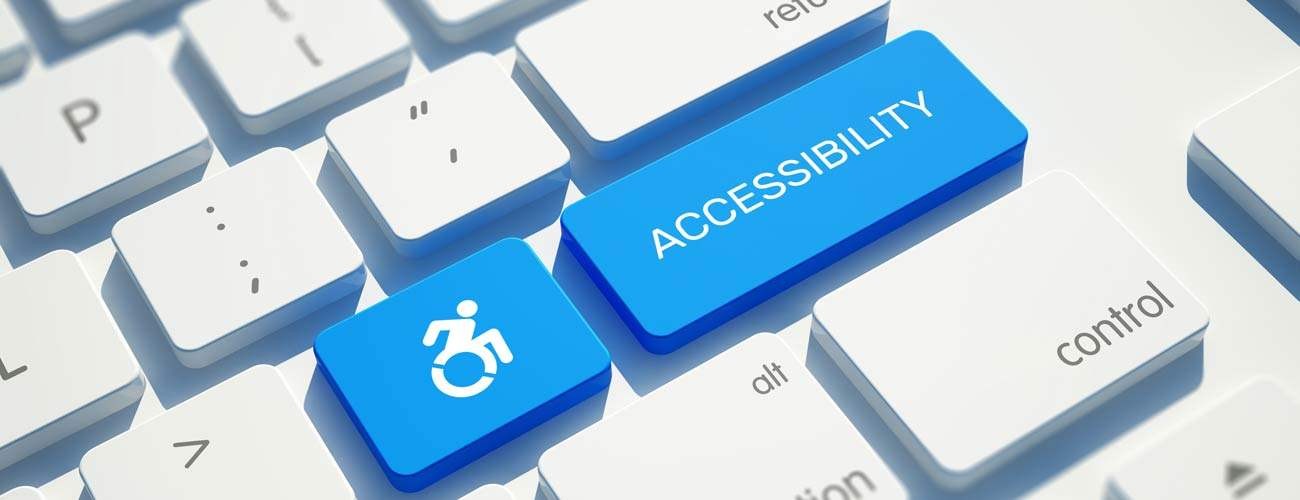Accessibility Statement

What is a Website Accessibility Statement?
If you received public funding, it is a legal requirement under UK Government legislation. Although it is not currently a legal requirement for private companies, we would say it is just as necessary because all websites fall under the Equality Act and therefore both the owner of the business and the website designer who built the website would both be liable if the website is found to be in breach of the Equality Act.
A website Accessibility Statement has two main functions. Firstly, it is there to inform visitors to your website how accessible your website is for people with different accessibility needs. Everyone recognises that we live in an imperfect world and a website Accessibility Statement tells visitors what those imperfections are and what you will be doing to resolve them. If there are issues that cannot be resolved, it is also an excellent opportunity to inform visitors of the alternative provision you have made.
Legal Protection
The second function is that it is your legal protection. If someone visits your website and cannot access information or buy your products or services because you cannot accommodate their accessibility requirement, you are open to litigation under the Equality Act. However, if that person is made aware of the limitations of your website from the outset and they still attempt to use it, in the knowledge that it may not accommodate their needs, they will not be in a position to sue because they were already aware of the limitations of your website.
To illustrate this, let us look at a real-world example. You visit a cafe, which is in a listed building and there is another floor with additional seating. There is a flight of stairs but no lift. There is a sign explaining, with regret, that there is no lift to the next floor but you are welcome to use any of the seating on the ground floor level. In fact, there might even be a table reserved for the use of visitors with an accessibility need. In any case, the members of staff are on hand to assist you in any way that they can.
A person in a wheelchair, coming into the cafe, would see this sign almost straight away. They would understand that they would not be able to go upstairs but that there is seating reserved for them downstairs and, in any case, all the staff are very helpful and friendly. A member of staff would also offer to carry the food and drinks over to the table for them, give them directions to the toilet and answer any other questions they might have.
An Accessibility Statement, if written correctly, does all this. It informs your visitors and protects you from litigation.
A poorly written website Accessibility Statement will not protect you
Unfortunately, there are far too many websites that have Accessibility Statements that fall far short of this. They may look like they have been written correctly but actually, they have large gaps, they may use language that is divisive and actually would be better if they were not there at all! The reason we state this is simple: having an Accessibility Statement may lull you into a false sense of security that you are protected from litigation and nothing could be further from the truth.
If you are concerned that your current website Accessibility Statement may be inadequate or you do not currently have one for your website, please get in touch with us for a free 15 minute consultation by following this link.

